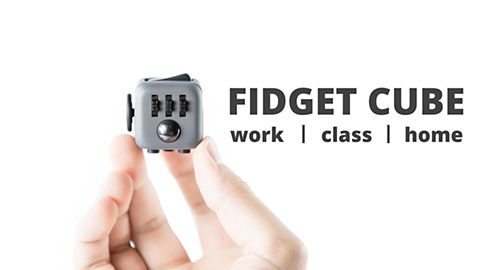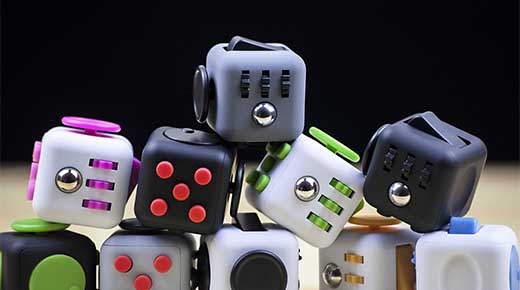On Aug. 30, 2016, a Kickstarter fund-raising campaign was launched for a small stress-relief, fiddler-friendly device called a Fidget Cube, created by Matthew and Mark McLachlan, collectively known as Antsy Labs. Within one day the project’s goal of $15,000 was funded, and 30 days later the campaign ended with a staggering $6,465,690 raised, the tenth highest funded project ever on the site.
|
ADVERTISEMENT |
Fast forward one year, and the Fidget Cube came very close to being a flash in the pan. The world was now obsessed with a different shape, the fidget spinner, while the cube-based fidget industry was flooded with cheaper, near-identical copycats. So what happened? Well, a lot of things, but the one I am focusing on here is a commitment to quality, but a lack of risk management.

The debut image of the Fidget Cube, as seen on the Kickstarter campaign page
…

Comments
Fidgety
Perhaps a "Fidget Rock" would have been easier in the long run
Add new comment